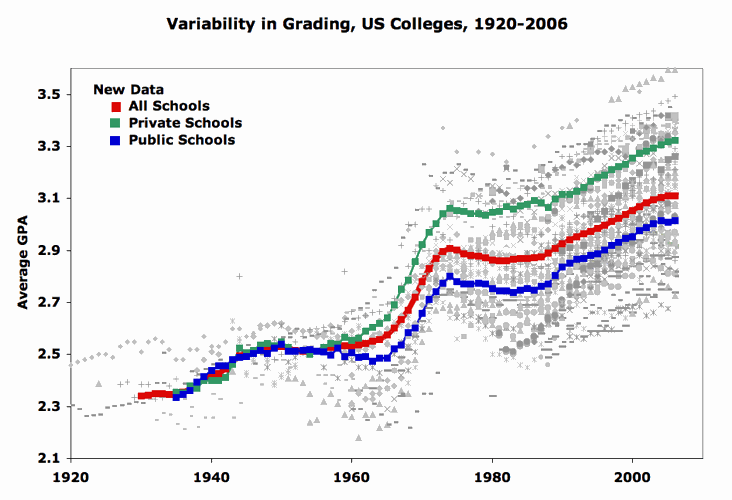健康保険をどうするかで盛り上がるアメリカで大きな規制が話題になっている。
New Premium Rules Could Be Game Changer for Health Insurers
The medical-loss ratio measures how much of premiums insurers pay out for medical care versus administrative costs. The new law requires that insurers use at least 80% of the premiums from individuals and small businesses to pay for medical care and profit-taking, and 85% of premiums from larger employers.
規制の対象となっているのはmedical-loss ratioという指標で、保険料収入のうちどのくらいの割合が保険金の支払いに宛てられているかを測るものだ。新しい法律はこの割合を80%以上(大規模な雇用主については85%以上)にすることを要求しており、基準を満たさない場合には契約者へのリベートが必要なる模様だ。
Health insurers are waiting for regulators to clarify how companies must account for the numbers—whether they can average the MLRs of their subsidiaries, for instance.
明確な指標のようにも見えるがそうでもない。例えばこの指標を測る単位を広くとれば、部分的には数値が低くても全体では基準値を上回ることもありうるし、逆に、極端な話、病気になっていない人だけについてこの指標を取れば0%になる。
That process is already happening, though. American National Insurance Co., of Texas stopped marketing individual policies last month. A spokesman for the company said it operates its plans at about a 60% MLR, and didn’t want to retool its business model to meet the new requirements.
そして、もちろん最大の問題は一種の利益率の上限を定めることによって、規制対象となって財が提供されなくなることだ。この場合、経費の割合の多い個人向けが提供されなくなったり、商品説明にかける費用を減らすという懸念もある。
どういう経緯でこんな法律ができたのかは分からないが指標の公開を義務付けるというような穏当な規制の方が好ましいように思える。

